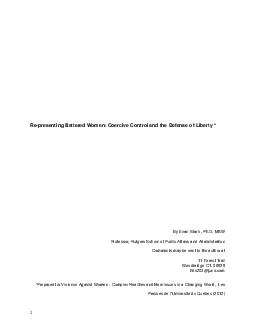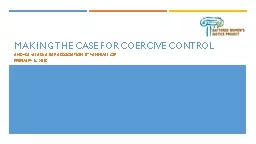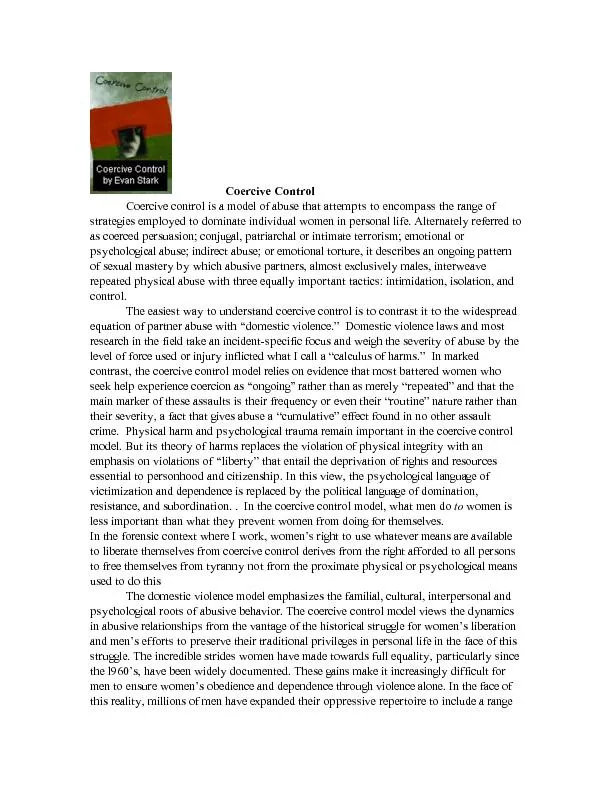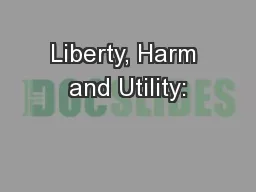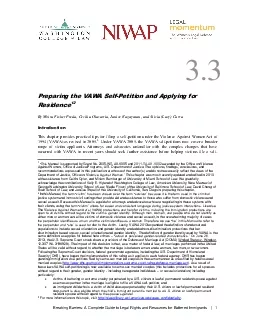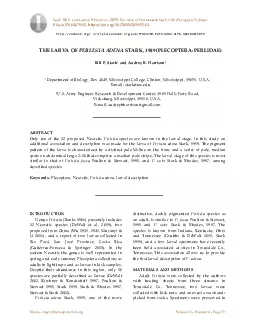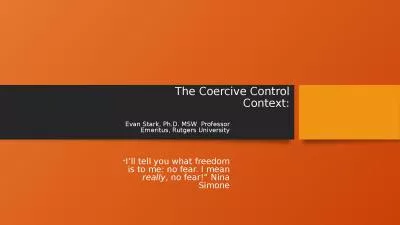PDF-Representing Battered Women Coercive Control and the Defense of Liberty By Evan Stark
Author : marina-yarberry | Published Date : 2015-03-07
D MSW Professor Rutgers School of Public Affairs and Adm inistration Comments may be sent to the author at 11 Forest Trail Woodbridge CT 06525 Eds203junocom Prepared
Presentation Embed Code
Download Presentation
Download Presentation The PPT/PDF document "Representing Battered Women Coercive Con..." is the property of its rightful owner. Permission is granted to download and print the materials on this website for personal, non-commercial use only, and to display it on your personal computer provided you do not modify the materials and that you retain all copyright notices contained in the materials. By downloading content from our website, you accept the terms of this agreement.
Representing Battered Women Coercive Control and the Defense of Liberty By Evan Stark: Transcript
Download Rules Of Document
"Representing Battered Women Coercive Control and the Defense of Liberty By Evan Stark"The content belongs to its owner. You may download and print it for personal use, without modification, and keep all copyright notices. By downloading, you agree to these terms.
Related Documents

